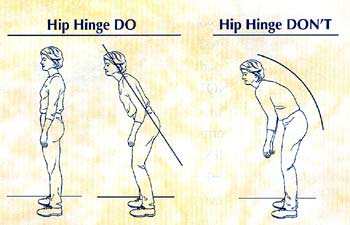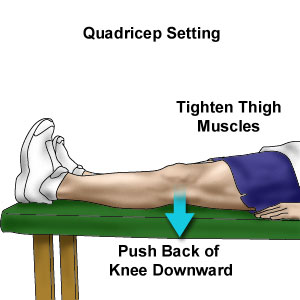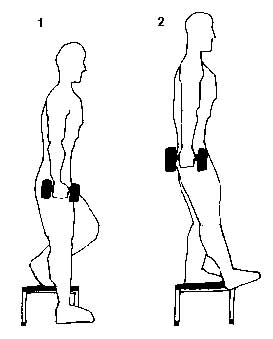I first read about the theory that Cancer Cells living and growing from their intake of sugar years ago. Cancer Loves Sugar
The following is from that article:
"Every doctor learned back in medical school all about Otto Warburg's discovery; a discovery of humongous proportions, because way back in the thirties Otto discovered the main biochemical cause of cancer, or what differentiates a cancer cell from a normal, healthy cell. So big a discovery was this, that Otto Warburg was awarded the Nobel Prize.
Cancer has only one prime cause. It is the replacement of normal oxygen respiration of the body's cells by an anaerobic [i.e., oxygen-deficient] cell respiration. -Dr. Otto WarburgBut what else does Warburg's discovery tell us. First off, it tells us that cancer metabolizes much differently than normal cells. Normal cells need oxygen. Cancer cells despise oxygen. In fact, oxygen therapy is a favorite among many of the alternative clinics we've researched.
Another thing this tells us is that cancer metabolizes through a process of fermentation.
If you've ever made wine, you'll know that fermentation requires sugar.
The metabolism of cancer is approximately 8 times greater than the metabolism of normal cells.
Okay, so here is what we can put together knowing the above: The body is constantly overworked trying to feed this cancer. The cancer is constantly on the verge starvation and thus constantly asking the body to feed it. When the food supply is cut off, the cancer begins to starve unless it can make the body produce sugar to feed itself.
The wasting syndrome, cachexia, is the body producing sugar from proteins (you heard it right, not from carbohydrates or fats, but from proteins) in a process called glycogenesis. This sugar feeds the cancer. The body finally dies of starvation, trying to feed the cancer.
Now, knowing that one's cancer needs sugar, does it make sense to feed it sugar? Does it make sense to have a high carbohydrate diet?
The reason Food Therapies for cancer even exist today (beyond the fact that they work) is because someone once saw the connection between sugar and cancer. There are many food therapies, but not a single one allows many foods high in carbohydrates and not a single one allows sugars, BECAUSE SUGAR FEEDS CANCER."
This makes sense to me as the most obvious symptom of my wife's first bout with cancer was her level of fatigue. Our brains and liver require sugar (glucose) to function. The theory is that the cancer cells where using enough sugar that her brain wasn't getting enough sugar and this made her feel
tired.
This article from MD Anderson has some great info on sugar as well. Does Cancer Love sugar?
Their angle on this is that it is the obesity from too much sugar that can lead to cancer.
 |
| When you think about muscles do you picture a bodybuilder? |
 |
| Or Grandma showing off her gun. |
Why building muscles can help fight cancer?
Did you know that your skeletal muscles can store a lot of glucose (sugar)? Think of your muscles like a sponge. The bigger they are, the more sugar they can store.
You can also think about this in the opposite direction. The smaller they are, the less sugar they can store.
Why should you care?
Picture you body after a meal. The sugars from this meal have to find somewhere to go. If you have lost enough muscle, where does that sugar go? Maybe it circulates in your blood until it finds cancer cells to feed. Adding muscle to your body gives it a better chance to store it in these muscles instead of feeding cancer cells.
Muscles < Sugar > Cancer Cells
Your daily activities can help decide which direction the sugar goes.
Does this article make you more interested in keeping and or building the amount of skeletal muscles that you have?
















